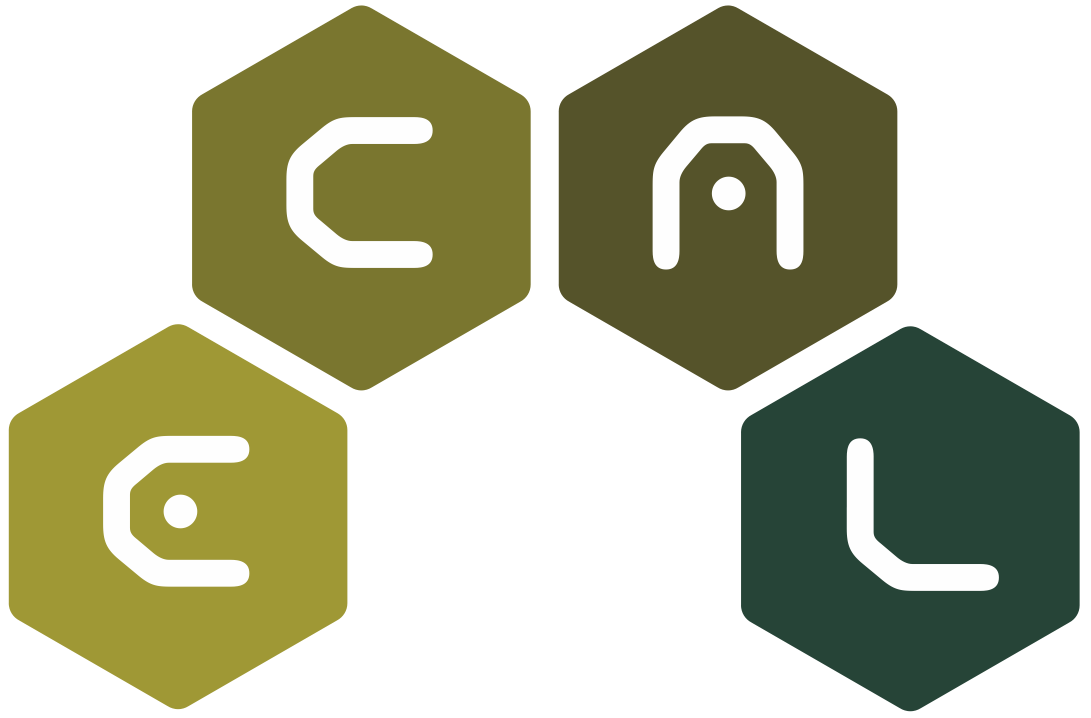Title
Behavioral Diversities of Morphogenetic Collective Systems

Behavioral Diversities of Morphogenetic Collective Systems
Download via this paper's page on the MIT Press ECAL 2015 Proceedings website.
We conducted comparative analyses of self-organized behaviors generated by morphogenetic collective systems of four distinct classes: homogeneous collectives (Class A); heterogeneous collectives (Class B); heterogeneous collectives with dynamic differentiation/re-differentiation (Class C); and heterogeneous collectives with dynamic differentiation/re-differentiation and local information sharing (Class D). In previous work, behaviors of morphogenetic swarm chemistry were sampled by Monte Carlo simulations and characterized in 24 kinetic, topological and dynamical features, although statistical analyses remained simple mean difference tests analyzing each feature independently.
To elucidate potential differences in behavioral diversity between the four classes, here we measured class-level properties of sampled behavior distributions in the 24-dimensional behavioral feature space. The entire sample set (including samples from all four classes) was first standardized and transformed into uncorrelated components by principal component analysis. Then the following three measurements were calculated in the feature space for each class to characterize its behavioral diversity: (a) approximated volume of behavior coverage (i.e., product of ranges [max – min] of all 24 components), (b) average pairwise distance of behaviors between two randomly selected samples, and (c) differential entropy of the smoothed probability density function constructed for the first four principal components (which corresponded to 65% of total variance).
All the measurements showed that classes C and D produced greater behavioral diversities than A and B (counter to the previous observation that properties of C and D were generally between A and B). This suggests that dynamic differentiation/re-differentiation present in C and D contributed to the production of more diverse behaviors in morphogenetic collective systems.